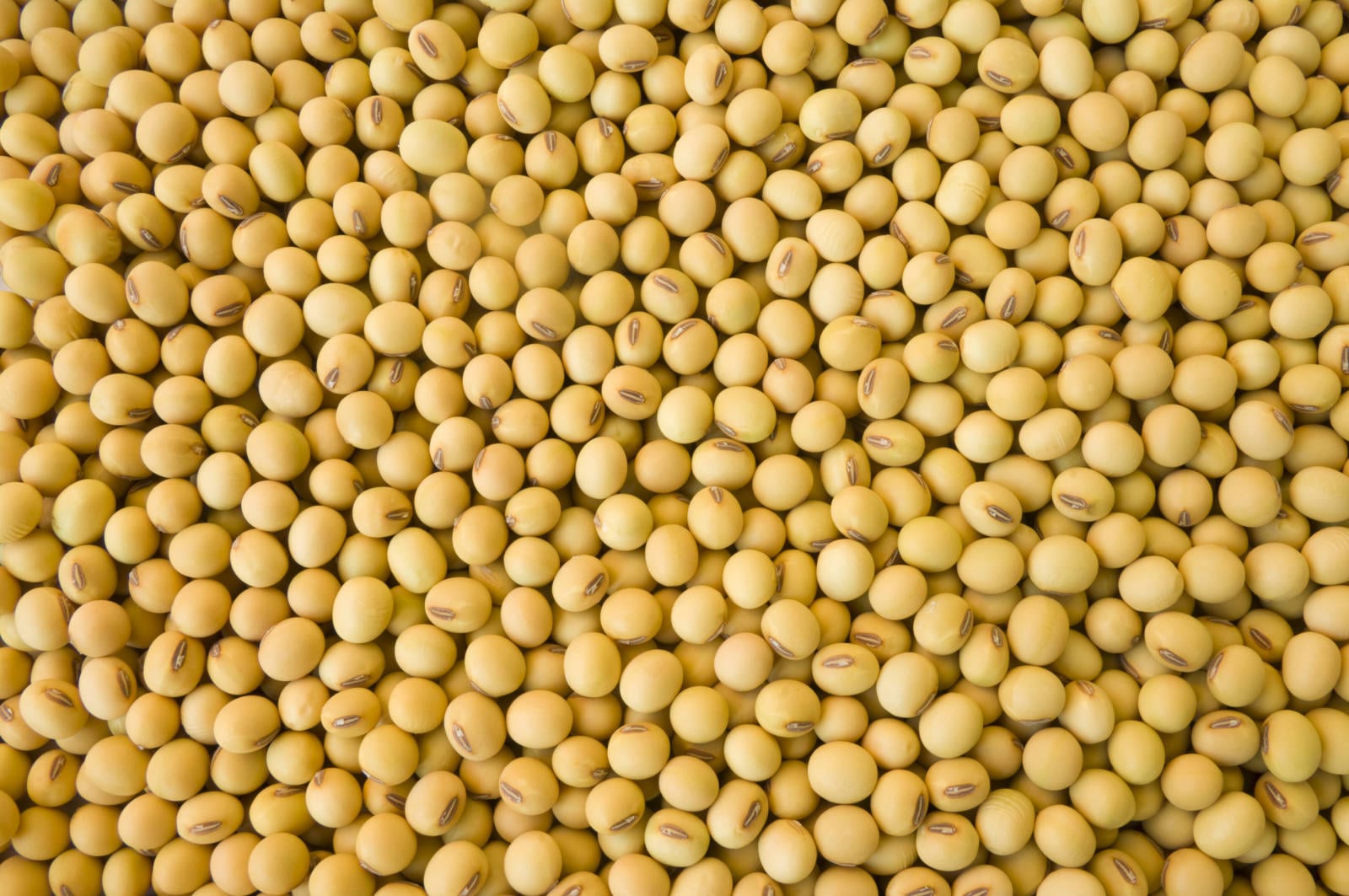Across the globe, conversations about soybean composition have become more of a focus as livestock and poultry producers are asking for soybean meal with higher levels of protein and other nutrients their animals need. A recent U.S. Soybean Export Council (USSEC)-funded study with the University of Minnesota Department of Agronomy & Plant Genetics gathered samples from soybeans produced across the United States growing region to analyze them for protein, oil and amino acid concentration.
Here are the top three takeaways:
Protein levels are consistent across the U.S.
Exceptional composition is a key element of the U.S. Soy Advantage. The study found that protein levels, although slightly lower than 2016 levels, were unusually consistent across the U.S. This similarity means that international customers can be assured that U.S. soybeans will have a consistent nutritional bundle no matter the port location they come from. Also, essential amino acid results varied little by state and region and were higher than last year.
The Importance of Nutrient Density
Protein and oil have always been a focus of soybean compositional quality, but this year’s report provided deeper insight beyond protein. The study found that U.S. soybeans offer excellent nutrient density, which is the combination of digestible essential amino acid levels plus nutritional energy levels. Nutrient dense soybeans are an ideal animal feed ingredient, as optimal animal performance occurs when the animal’s feed protein contains an ideal amount and proportion of all essential amino acids, which cannot be produced by the animals. The full value of U.S. soybean products is realized when buyers consider total metabolizable energy, essential amino acid profile and digestibility.
Five Amino Acids are Key
When it comes to amino acids, there are five that are critical to optimal nutrition. The study showed that soybeans with lower crude protein have a higher proportion of the five most critical essential amino acids. This means that meal from those soybeans will likely be of higher feed quality for a given feed ration than meal made from higher crude protein soybeans. The report went on to reveal that the five critical essential amino acids were all found in higher amounts in soybeans from the U.S. compared to Brazil. This is one of the main reasons soybean meal quality is so important to U.S. producers, as animal agriculture is the top consumer of U.S. soybeans.
